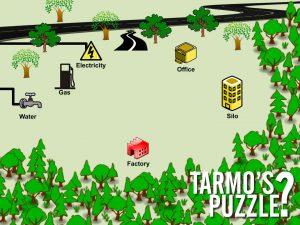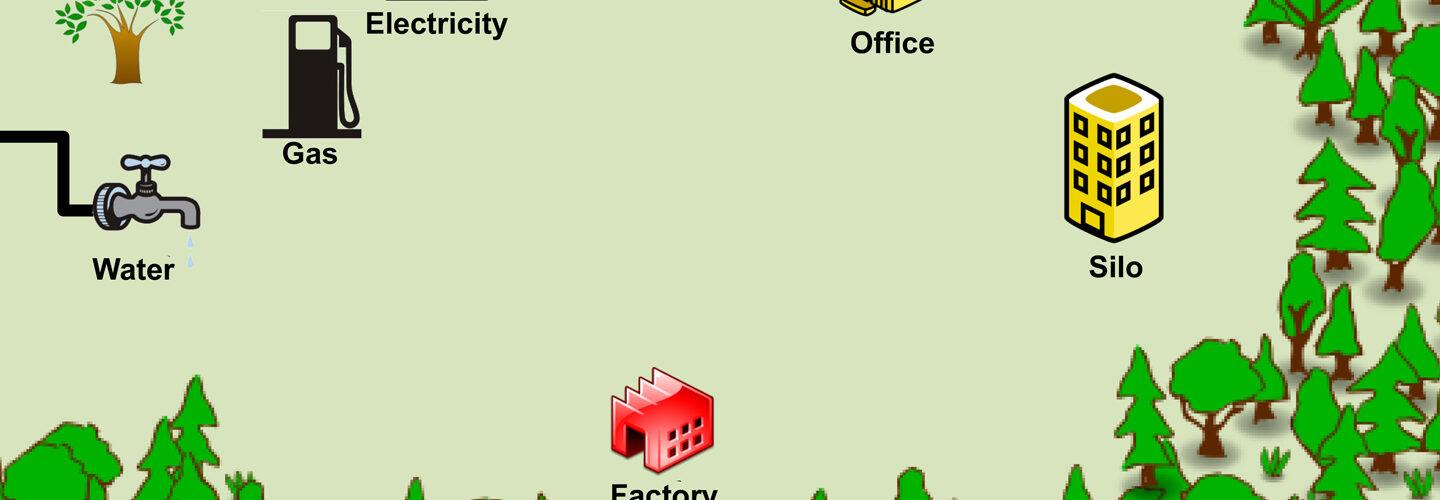 Chemigate recently established a new processing plant in Posio, near Kuusamo, and now the new buildings (the office, silo, and factory) must be connected to water and electricity sources along the edges of the plot. The factory also has its own gas container. For production to kick off and money to start rolling in, each of the buildings must be connected to the public utilities.
Chemigate recently established a new processing plant in Posio, near Kuusamo, and now the new buildings (the office, silo, and factory) must be connected to water and electricity sources along the edges of the plot. The factory also has its own gas container. For production to kick off and money to start rolling in, each of the buildings must be connected to the public utilities.
But the new European environmental directive has thrown a curveball:
- Any pipeline or power cable running from the public-utility connection point to one of the buildings must be continuous, and it’s not allowed to branch out or continue beyond that building.
- For safety reasons, the power cable, the water pipe, and the gas pipe are not permitted to cross each other without special arrangements.
- If it is impossible to lay the pipelines and power cable without them crossing each other, a special crossover structure must be built.
- If the power cable crosses the water or gas pipe, the crossover point must be in the forest outside the factory’s operating area, in which case trees must be felled to create a clearing for it.
Engineer Samppa Kemppari has been assigned the task of designing the power line and pipelines for the area. Laying pipes and cables underground costs next to nothing, but the budget allows for construction of only a single crossover point. Cutting down trees to create a clearing for a crossover point is expensive and would send the project over budget immediately.
After mulling over the paperwork for a little while, Samppa came to the conclusion that the company didn’t have to invest in any additional crossover points. How did he design the power line and the pipelines, seeing that not a single tree has been felled?

